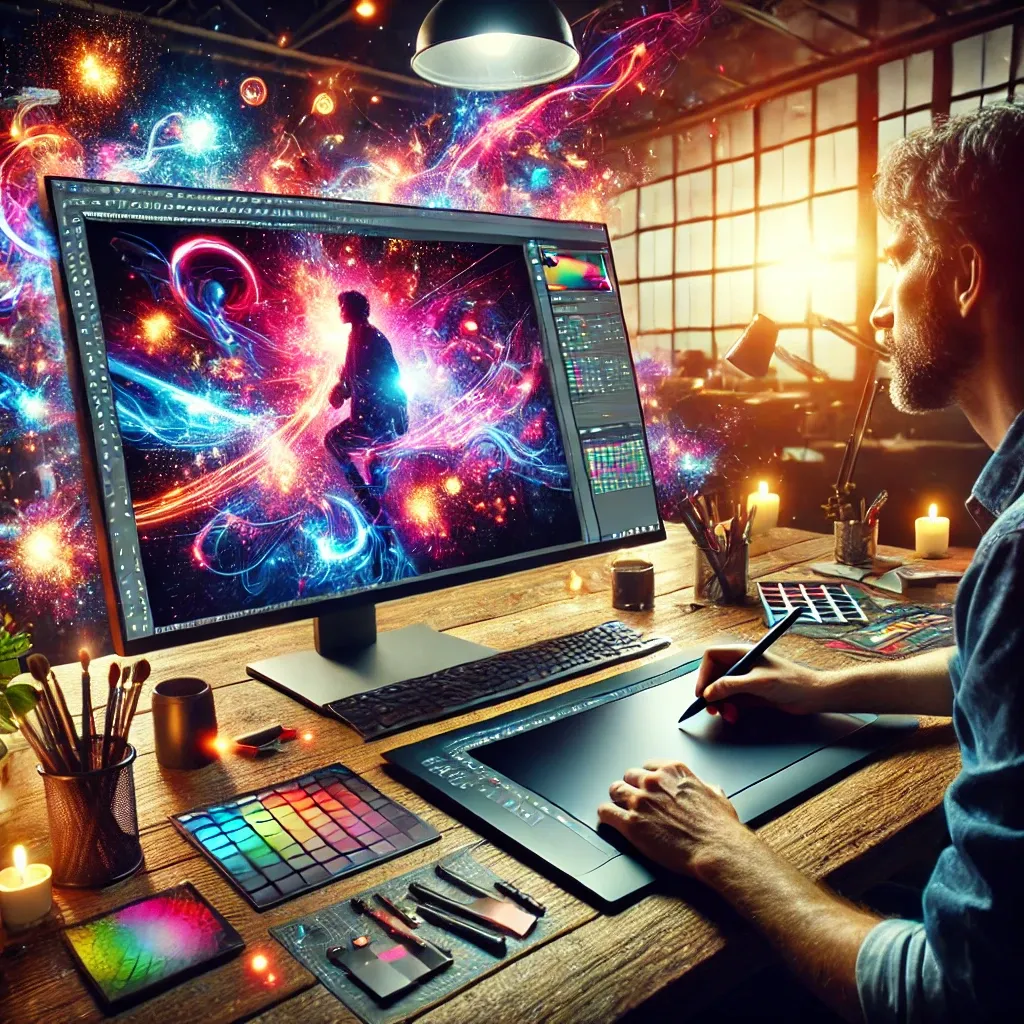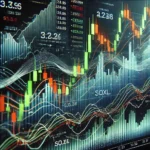Have you ever wondered how those jaw-dropping visual effects in digital posters, game art, and movie scenes are actually made? Or maybe you’ve seen glowing text, realistic lightning bolts, or swirling magical particles and thought, “I wish I could do that.” If you’re working in Photoshop or dreaming of mastering it, this post will show you three key aspects of creating Photoshop special effects that every designer should explore.
Photoshop is a powerhouse for creative professionals, but unlocking its full potential for special effects requires more than just knowing the basics. In this guide, we’ll break down three powerful topics—Photoshop special, Photoshop special effect design, and Photoshop special effect brush—so you can build stunning visuals, whether you’re designing for film, advertising, or digital art.
Photoshop Special
Photoshop’s “special” capabilities go far beyond image editing. This section covers the foundational techniques that set the stage for impressive special effects.
Core Tools That Power Special Effects:
-
Layer Blending Modes
-
Adjustment Layers
-
Smart Objects
-
Layer Masks
-
Custom Brushes
-
Clipping Masks
-
Filters and Smart Filters
-
Shape Layers
-
Color Lookups
-
Gradient Maps
These tools act as the building blocks for complex visuals. For instance, blending modes like “Overlay” or “Screen” let you integrate light effects or fire textures into a scene seamlessly, while Smart Objects allow for non-destructive scaling and advanced effects layering.
Real-World Example:
When working on a marketing poster for a futuristic gaming convention, I combined several high-res texture overlays with gradient maps and a subtle chromatic aberration filter. The result? A vibrant, high-impact visual that practically glowed off the screen.
Pro Tip:
Experiment with Gradient Map adjustments using cinematic color palettes. This can dramatically shift the mood of your design and make effects pop more vividly.
👉Learn more about Photoshop special tools👈
Photoshop Special Effect Design
This section dives into how to structure, plan, and execute compelling special effects that communicate story and style.
5 Phases of Designing a Photoshop Special Effect:
-
Conceptualize the Mood or Theme
-
Collect and Organize Assets (Photos, Textures, Brushes)
-
Base Composition Setup (Using Grids and Guides)
-
Layer-by-Layer Effect Building
-
Final Touches: Color Grading, Sharpening, Atmosphere
Each phase plays a critical role. During a character concept project for a fantasy novel, I started with just a silhouette and gradually added flame effects, smoke trails, and particle motion using brush dynamics and Gaussian blur.
Case Study:
In a freelance project for a DJ’s album cover, I integrated lens flares, smoke overlays, and custom lighting brushes to simulate a neon-rave vibe. I built the base effect with smart layers, masked them dynamically, and polished the image with a cinematic LUT.
Expert Insight:
Always build effects in modular groups. This allows for easy revisions and creative flexibility when your client—or your own creativity—calls for changes midstream.
👉Explore more about Photoshop special effect design👈
Photoshop Special Effect Brush
Special effect brushes are like secret weapons for any designer—unlocking speed, style, and sophistication in just a few clicks.
Best Types of Special Effect Brushes:
-
Smoke Brushes
-
Fire and Flame Brushes
-
Lightning and Electricity Brushes
-
Particle and Dust Brushes
-
Water Splash Brushes
-
Light Ray Brushes
-
Starry Sky and Sparkle Brushes
-
Grunge Texture Brushes
-
Energy Beam Brushes
-
Fog and Mist Brushes
These brushes can instantly simulate natural phenomena. I’ve used lightning brushes on a stormy landscape piece and achieved realism that would’ve taken hours with manual painting.
Practical Application:
Working on a comic-style poster, I used particle brushes to show motion around a superhero’s punch. With pressure-sensitive pen strokes and dynamic brush settings, I mimicked the explosive energy perfectly.
Personal Recommendation:
Download or create dual-brushes—these use two textures simultaneously and provide more natural variation, especially useful for fire and smoke.
👉Discover top special effect brushes for Photoshop👈
Conclusion
As Pablo Picasso once said, “Learn the rules like a pro, so you can break them like an artist.” Mastering Photoshop special tools, special effect design, and special effect brushes will take your creativity to a new level.
Whether you’re crafting cinematic posters, concept art, or surreal digital scenes, these techniques will make your visuals unforgettable. Don’t be afraid to experiment, layer fearlessly, and push the boundaries of what’s possible in Photoshop.






